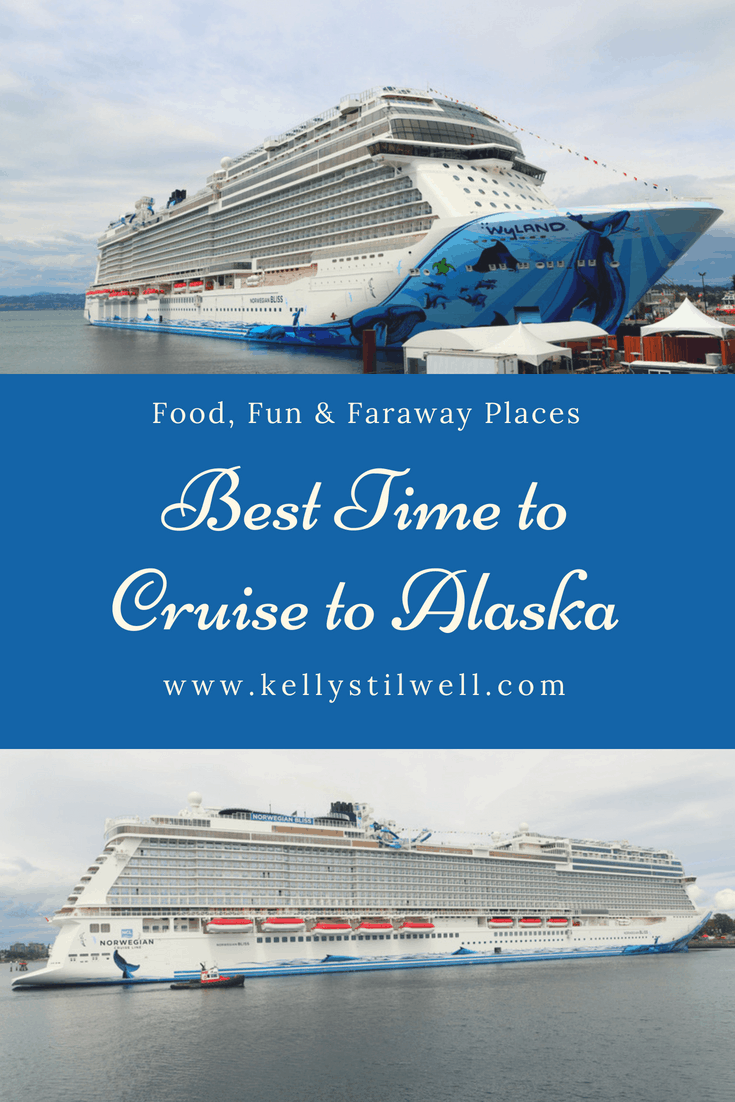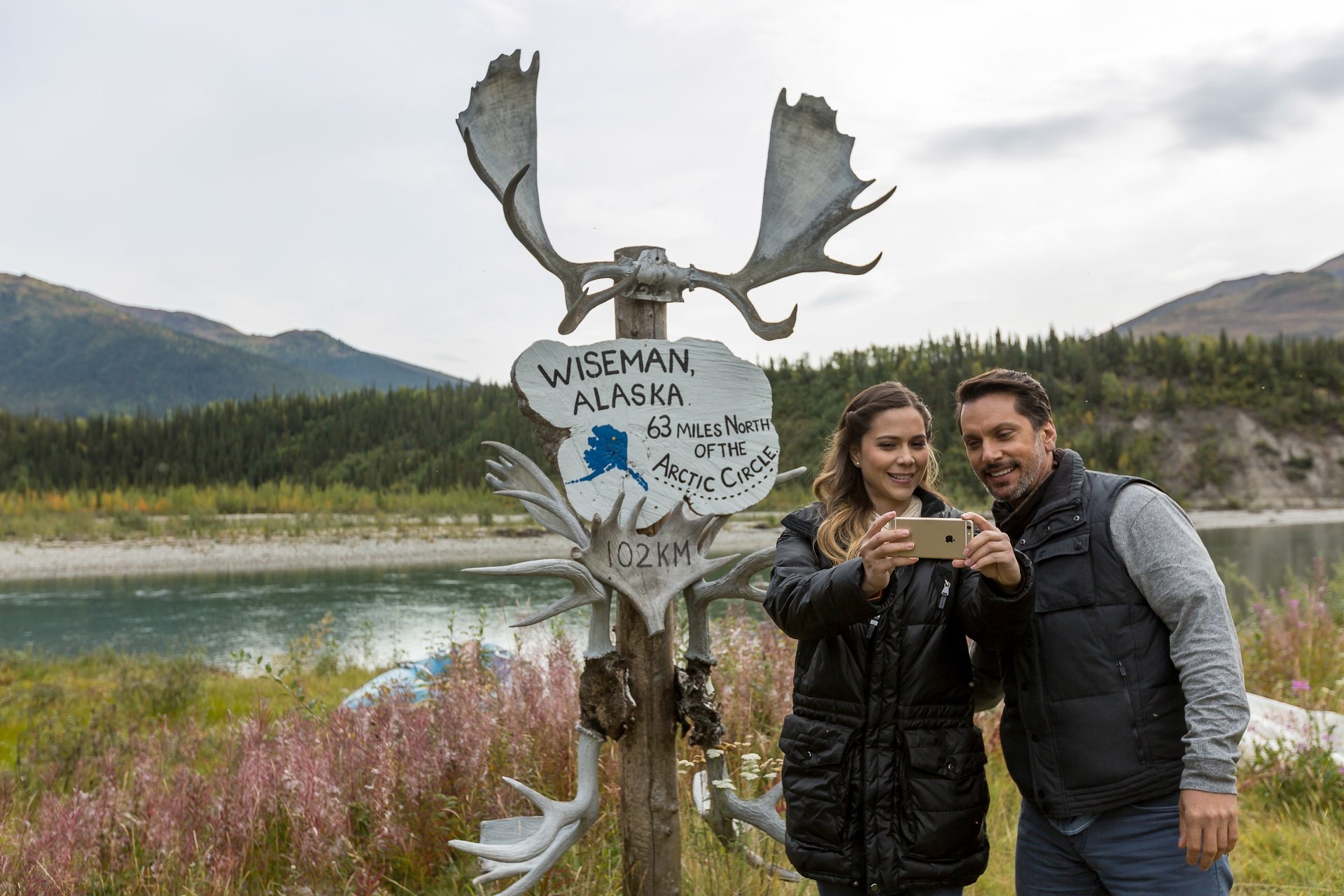Table Of Content

Historically, July has an ideal combination of the two, followed by June and then August. Rainfall is usually lowest in May and climbs steadily until reaching the highest point in September. May is ideal for rain but not for temperatures, which are often quite a bit cooler. To find the best Alaska cruises, we followed expert recommendations and read hundreds of user reviews and ratings. Because I’ve been on several Alaska cruises alone, with my family and with my husband, I also based my choices on my own personal experiences. After combining all that information, we came up with this guide to the best Alaska cruises.
The surprising takeaway from a recent study on the best time to cruise to Alaska - Cruise Blog
The surprising takeaway from a recent study on the best time to cruise to Alaska.
Posted: Tue, 02 Apr 2024 07:00:00 GMT [source]
Best Months For An Alaska Cruise With "Good" Weather
Small-ship Alaska cruise lines like American Queen Voyages and Uncruise can go further into narrow passages and get closer to shoreline wildlife like Dall sheep and bears. July and August are considered peak seasons to cruise to Alaska for good reason. These are the months when all good things combine to create the optimal Alaskan experience. Weather is a pretty big consideration when it comes to booking an Alaskan cruise. If you have a low tolerance for cold weather, cruising Alaska during the warmest months of July and August is a better choice.
Advantages of Visiting Alaska in August
Alaska is still gaining sunlight as the Summer Solstice approaches, so you’ll experience longer days during your May cruise. There are also amazing birds, including bald eagles and land animals like mountain goats, Dall sheep, and brown and black bears. Because of its latitude, Alaska experiences extremes in daylight in the summer and darkness in the winter. The average rainfall in Juneau during the month of April is 2.77 inches.
The best month for an Alaska cruise: When to go
Popular Inside Passage ports of call include Juneau, Icy Strait Point, Ketchikan, Petersburg, Haines and Skagway. If you're eager to spot bald eagles in the wild, ride a dogsled atop an ice field or pan for gold after a hearty salmon feast, an Alaska cruise is calling your name. Dive into The Points Guy's Alaska cruise guide for all the planning tips you need for your dream cruise up north. An Alaska cruise from Seattle will visit the Inside Passage but tends to favor the open (and frequently bumpier) Pacific Ocean. Sailings from Vancouver tend to traverse more of the Inside Passage and spend a full day sailing this scenic region.
Consider the Size of Your Ship if Alaska's Scenery Is Important to You

Temperatures are relatively mild, with daytime highs in the upper 40s and into the 50s depending on where you're visiting and cloud cover. Seattle Washington, the starting point for many Alaskan cruises, is slightly south of Vancouver and shares similar weather patterns. The Canadian city of Vancouver is a popular stop for Alaskan cruises that usually embark from Seattle WA. It averages more than six inches in June and July and 10 inches in August, according to the National Weather Service. Juneau averages about four inches of rain in June, five inches in July and eight inches in August.
Shoulder Season Cruises in Alaska
A handful of cruise lines -- mostly small ship and luxury lines like Cunard, Seabourn and Windstar -- offer Alaska cruises ranging from nine to 14 days in length (generally departing from Vancouver). Mainstream lines have also started offering longer cruises to Alaska from southern West Coast ports like San Francisco and Los Angeles. Summer is the height of the Alaska cruise season, which means crowds in port towns, especially when several ships are in port at the same time. You might have to wait hours for a table at Tracy's King Crab Shack in Juneau. Temperatures are pleasant — in the 60s and sometimes higher, with wildflowers in bloom and glaciers calving.
Advantages of Visiting Alaska in May
Here is your guide for figuring out the best times to visit for your first (or 50th) Alaska cruise. The truth is that both of these stretches can allow for an exciting and memorable experience. You must remember that Alaska is a rugged landscape that poses countless challenges for human life, so these cruises will never be as tranquil as a tropical cruise.
How to Make your Alaska Cruise Travel Easier: Tips - Royal Caribbean Blog
How to Make your Alaska Cruise Travel Easier: Tips.
Posted: Wed, 17 Apr 2024 17:23:24 GMT [source]

Temperatures are somewhat chilly at most cruise ports with daytime highs in the upper 50s Fahrenheit. If you want to immerse yourself in the beauty of Alaska without the distraction of little kids, you’ll be in good company on Viking. Their gorgeous ocean ships sail with a maximum of 930 passengers, all over the age of 18, so you can indulge in adult conversation over a bottle of wine or a cocktail or two.
When is the best time to visit Alaska to avoid crowds?
Though it’s species-dependent, the best time to go whale watching in Alaska is in high summer, when the days are long and the feeding is plentiful. And it all depends on what species you intend to see—humpbacks are in the area year-round, while others like gray whales migrate to Alaska in summer. To prepare for all conditions, you should plan for temperatures ranging from the 40s to 70s, both on and off ship.
This is not nearly as boring as you might think since you'll see incredible sights like Glacier Bay National Park and Preserve or Hubbard Glacier. That's especially true of large ships, so consider a small ship for cruising to Alaska, like UnCruise or Silversea, if those glaciers are high on your must-see list. Some ships will have naturalists onboard, particularly in Glacier Bay. Conditions can sometimes prevent ships from reaching the glaciers, particularly in Tracy Arm Fjord. Popular destinations include Denali National Park (for wildlife viewing) or Talkeetna (best place for Denali views and cool eats).
Some of the shore excursions you can experience when going on an Alaska cruise with kids include hiking the Tongass forest, whale-watching tours, kayaking, and learning about Tlingit culture. Schools are still in session in May and September, so fewer families are traveling. Also, many cruise passengers prefer to travel to Alaska in the warmer weather, so crowds on both sea and land tend to thin out. Depending on which itinerary you sail and when you choose to cruise, you can increase your chances of seeing certain species, including humpbacks, orcas, and Minke whales. Don’t forget to throw in a good pair of binoculars when planning your Alaska cruise packing list. Weather can get fairly warm in June, July, and August, which can make port days more comfortable.



No comments:
Post a Comment